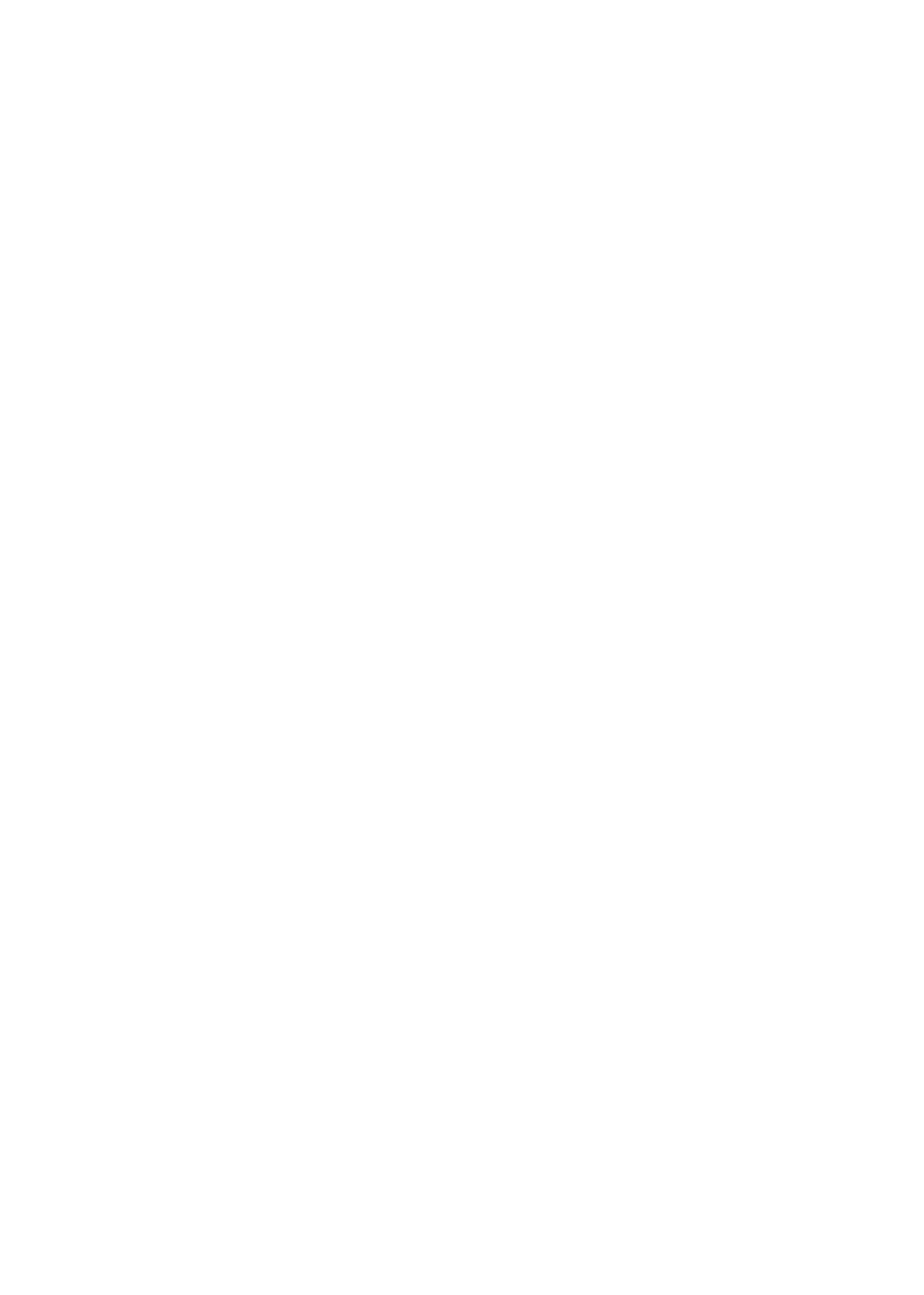

91
6.2.4. The Most Preferred
Takaful
Structures
All the insurance companies in Saudi Arabia are obliged to follow the cooperative model, which
requires them to be
Shari'ah
-compliant. The Cooperative Insurance Companies Control Law in
Article 1 stated that:
“Insurance in the Kingdom of Saudi Arabia shall be provided by insurance
companies registered in the Kingdom operating in accordance with the practice of cooperative
insurance in line with the provisions of the Articles of Incorporation of the National Company for
Cooperative Insurance issued by Royal Decree No (M/5) dated 17/4/1405H, and not inconsistent
with the provisions of Shari'ah
” (WTO, 2003). Nevertheless, the regulators of the cooperative
insurance industry did not provide detailed guidelines on the model. Therefore, the practices
vary among insurance companies.
The cooperative insurance model practised in Saudi Arabia is not different from the
conventional one except that the policyholders get 10% fixed return from the net insurance
surplus annually. The Implementing Regulations of the Cooperative Insurance Companies
Control Law stated that ‘‘
10% of the nett surplus shall be distributed to the policyholders directly,
or in the form of a reduction in premiums for the next year. The remaining 90% of the nett surplus
shall be transferred to the shareholders’ income statement
” (SAMA, 2019f).
The application of the model varies among the companies because of the lack of clear guidelines
on the model from the regulator. Therefore, three companies with special permission from
SAMA adopted
Takaful
model based on agency instead of the cooperative model with the
condition that the agency fees should not exceed 90%of the insurance surplus and the insurance
fund deficit will be borne by the insurance company. Two out of the three companies estimated
the administrative fees of 5% from the total premiums contributed by the policyholders;
additionally, the administrative and operating expenses are borne by the
Takaful
fund.
Meanwhile, the third company imposes the administrative and operating expenses on the
shareholders and postpones the estimation of the administrative fees (agency fees) to the end
of the financial year.
One of the company issued
Shari'ah
parameters on the methods of calculating the fees which
consists of deriving them on a fair basis that do not lead to deficit in the
Takaful
fund based on
the actuarial calculation, and has put parameters to differentiate between the expenses, costs,
and liabilities of the shareholders’ account from the
Takaful
fund.
SAMA has adopted the cooperative insurance model instead of the
Takaful
model due to the
following:
a)
The
Takaful
model that is being practiced by some insurance companies does not
protect policyholders from the greed of those companies. It is noted that the
financial results for insurance companies are often positive (profitable) for the
shareholders’ fund contrary to the
Takaful
fund whose results are often negative
(the fund suffers from an accumulated deficit).
















